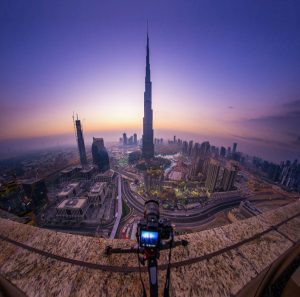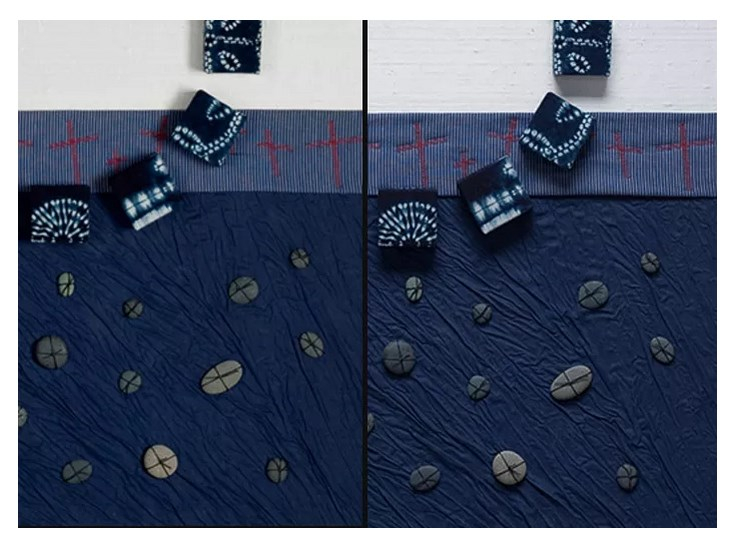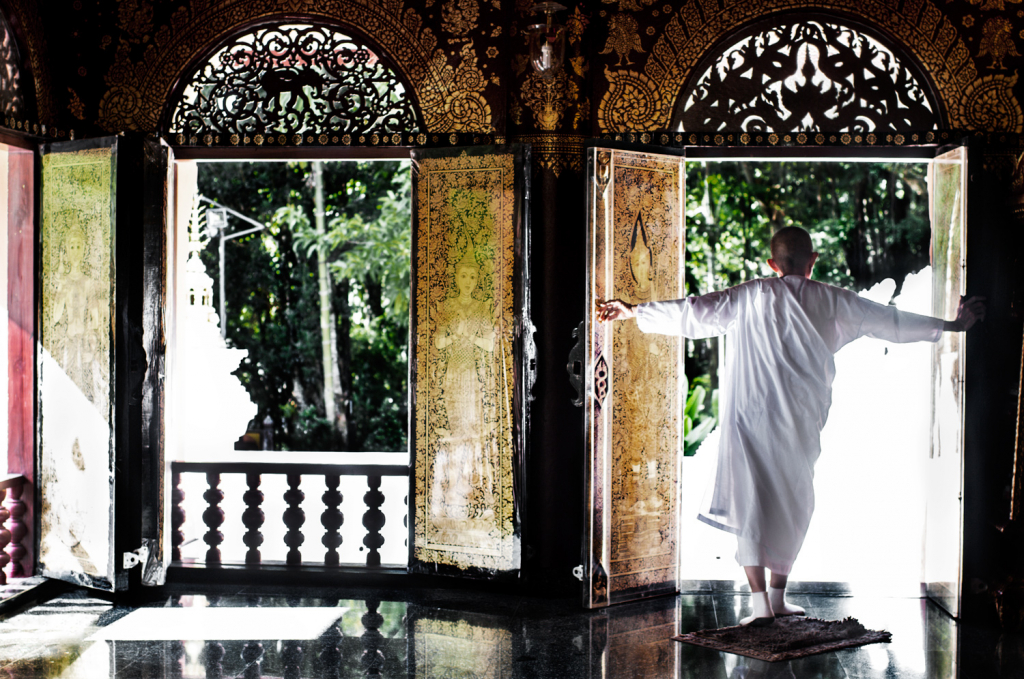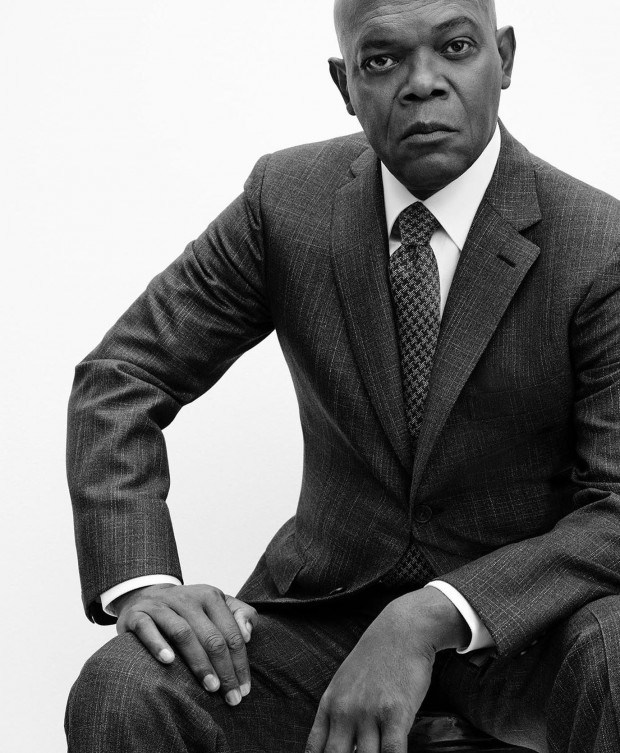more artistry
AMAZING FISHEYE LENS WORLD
 Fisheye lenses have a very short focal length, which gives them an extremely wide viewing angle. This means that the image is becoming wider than realistically possible. The edges of the image are distorted, making the photo spherical. Everything that is nearby becomes very large in the frame, and everything at a distance becomes extremely small.
Fisheye lenses have a very short focal length, which gives them an extremely wide viewing angle. This means that the image is becoming wider than realistically possible. The edges of the image are distorted, making the photo spherical. Everything that is nearby becomes very large in the frame, and everything at a distance becomes extremely small.
Such lenses have a focal length of less than 12 mm. The smallest focal length for them is 7.5 mm. They are available for both SLR and mirrorless cameras. In addition, there is also a selection of special fisheye for smartphones.
Often distortion can be annoying. But this is not necessary at all – with proper use, a fish eye can be visually pleasing and even preferable to a conventional wide-angle lens. Try using distorted lines and curves to bring the viewer’s eye to the right place in the image. Continue reading




